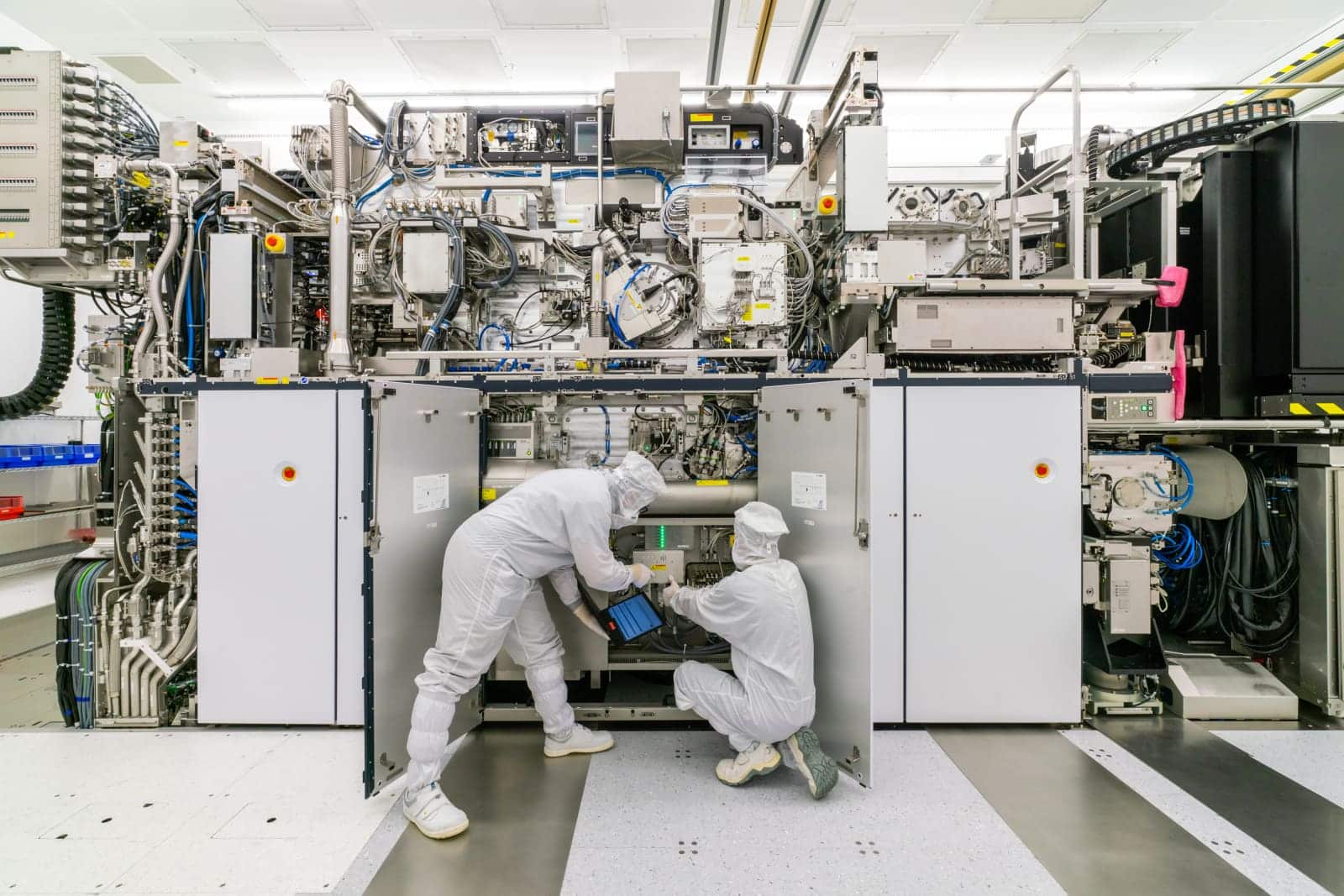The American company bets on Europe to revitalize its foundry business with advanced processes like Intel 3 and Intel 18A
Intel, one of the world’s semiconductor giants, has confirmed that it will move volume production of 3-nanometer chips to its Fab 34 plant in Leixlip, Ireland throughout 2025. This decision, revealed in its latest annual report, is part of an ambitious strategy to strengthen its foundry business and industrial presence in Europe.
Intel 3: The Key Technology in the New Offensive
The new generation of chips manufactured under the Intel 3 node represents a significant technological leap. It is the second node from Intel that utilizes EUV (extreme ultraviolet) lithography, offering an improvement of up to 18% in performance per watt compared to Intel 4. This technology has already been used to manufacture the Xeon 6 Scalable processors targeted at data centers and servers.
Until now, this production took place in Oregon (United States), but Intel has decided to move it to Ireland as part of its offensive to regain competitiveness against TSMC and Samsung in the global advanced semiconductor market.
Intel’s European Bet
One of Europe’s major weaknesses has been the lack of cutting-edge manufacturing technologies, which has created a strong dependence on Asia and the U.S. With the arrival of Intel 3 to European soil, Intel aims to position itself as a key partner to attract foundry customers interested in advanced processes, in a context of increasing demand from the AI, automotive, and defense sectors.
Additionally, Intel has opened the door to external customers interested in the Intel 3 node as part of the services offered through Intel Foundry Services. The Intel 4, Intel 18A nodes, and more mature technologies like 7nm and 16nm are also available for foundry services.
Intel 18A and 14A: The Future of Microfabrication
Looking to the future, Intel has started producing the first wafers under the Intel 18A node at its Arizona plant and plans to launch its first processor with this technology, Panther Lake, in 2025. This node has attracted interest from major names like NVIDIA and Broadcom, who could become future customers of its foundry, according to Tom’s Hardware.
Beyond 18A, Intel is already working on the development of Intel 14A, its next generation of nodes, with expected improvements in transistor density and energy efficiency, with a launch anticipated in 2026.
Investment and Challenges
To finance this expansion, Intel sold 49% of Fab 34 to a fund managed by Apollo Global Management in 2024, clearly demonstrating its openness to external investment.
However, not all is progress. The factories planned in Magdeburg (Germany) and the assembly plant in Poland remain on hold, awaiting strategic decisions and institutional support.
A New Leadership
This move falls within the new phase led by Lip-Bu Tan, who took over as CEO in March 2025 after Pat Gelsinger’s departure. Tan, known for his role in Cadence and as a key investor in the sector, seeks to reposition Intel not only as a leader in chip design but also in large-scale manufacturing.
With advanced 3nm production moving to Ireland, Intel embarks on a key industrial shift in its recent history. It bets on cutting-edge processes, attracts new foundry customers, and positions Europe as a strategic semiconductor hub. A risky but necessary play for a company determined to reclaim its place at the top of global technological innovation.
Source: EEnews Europe

